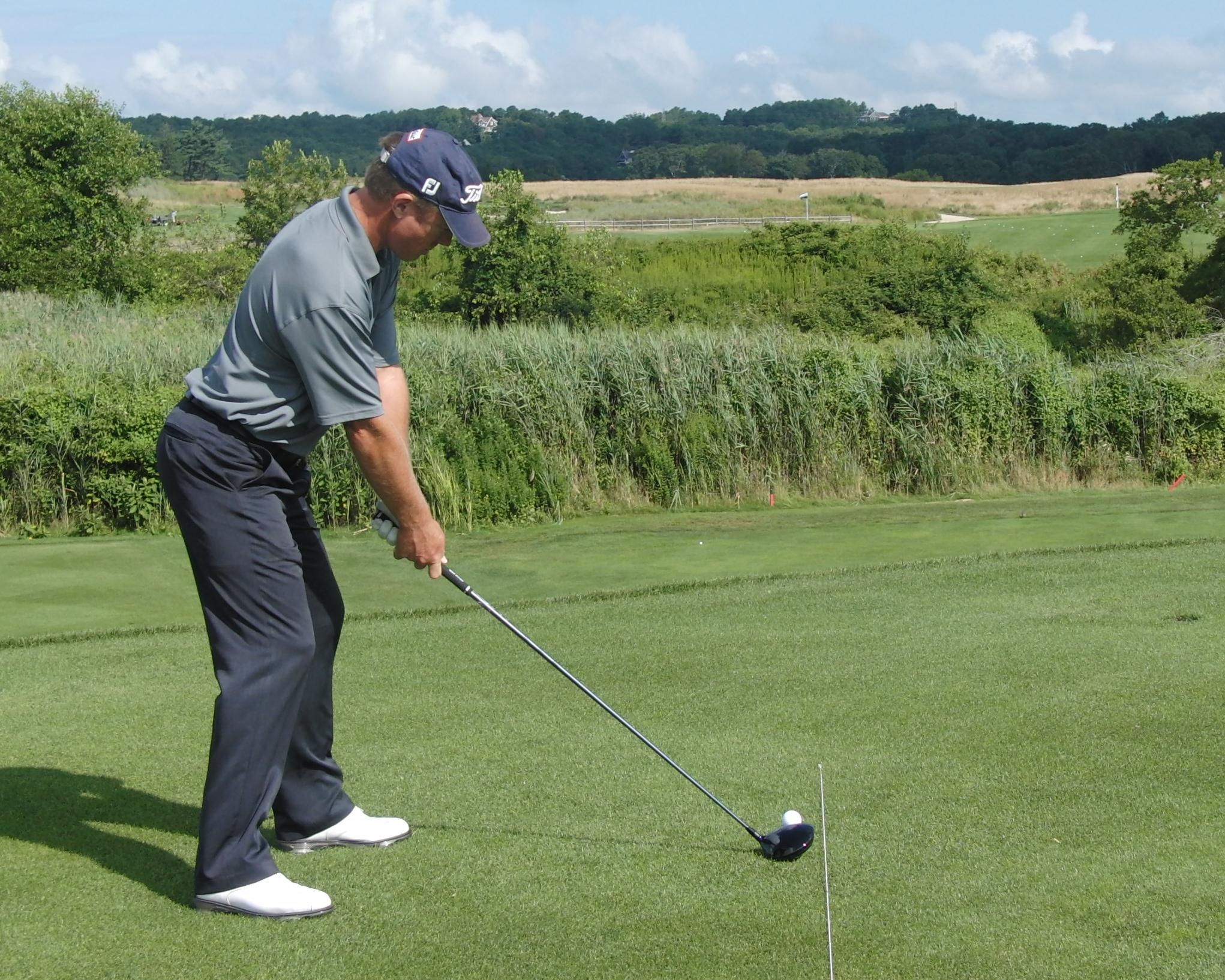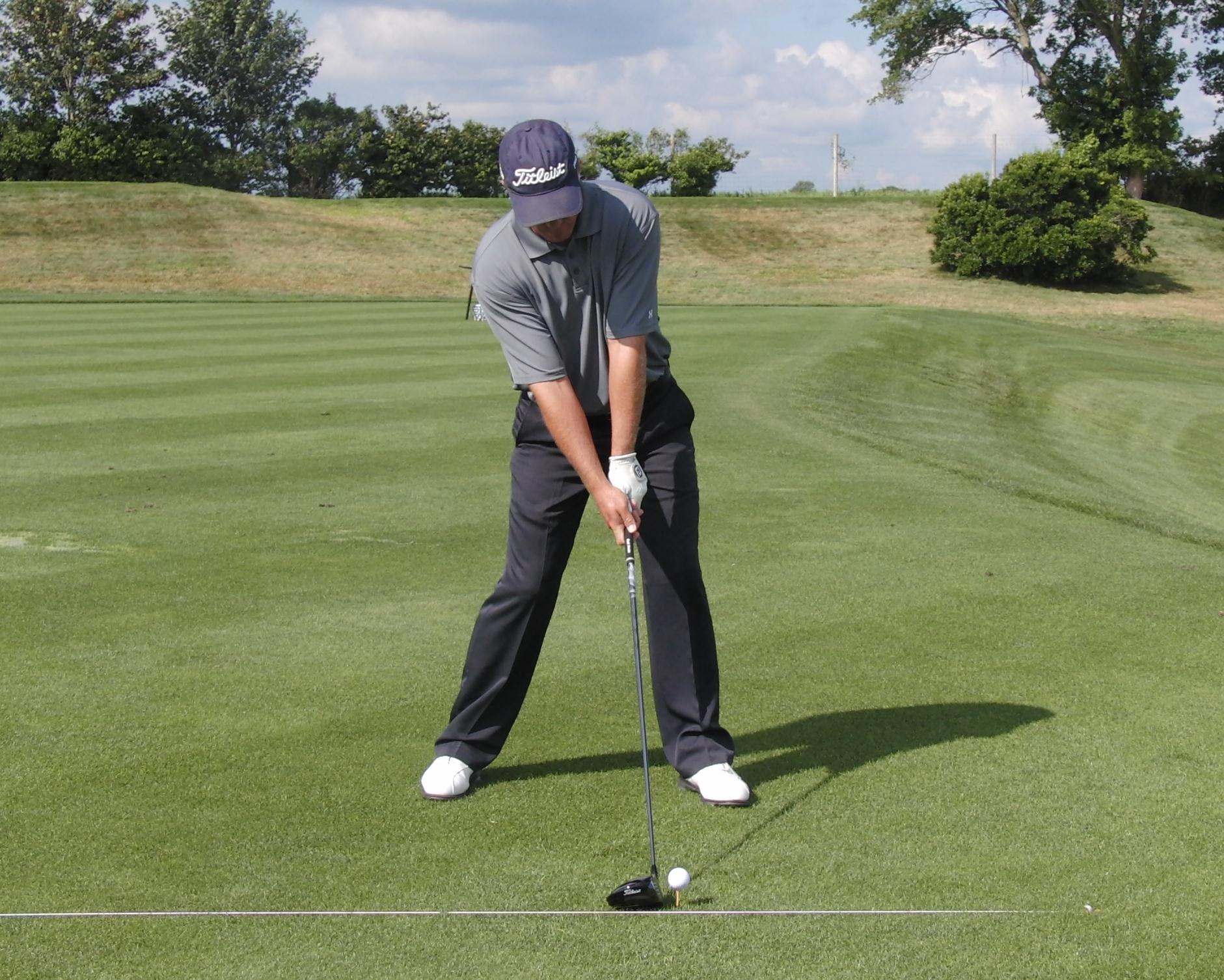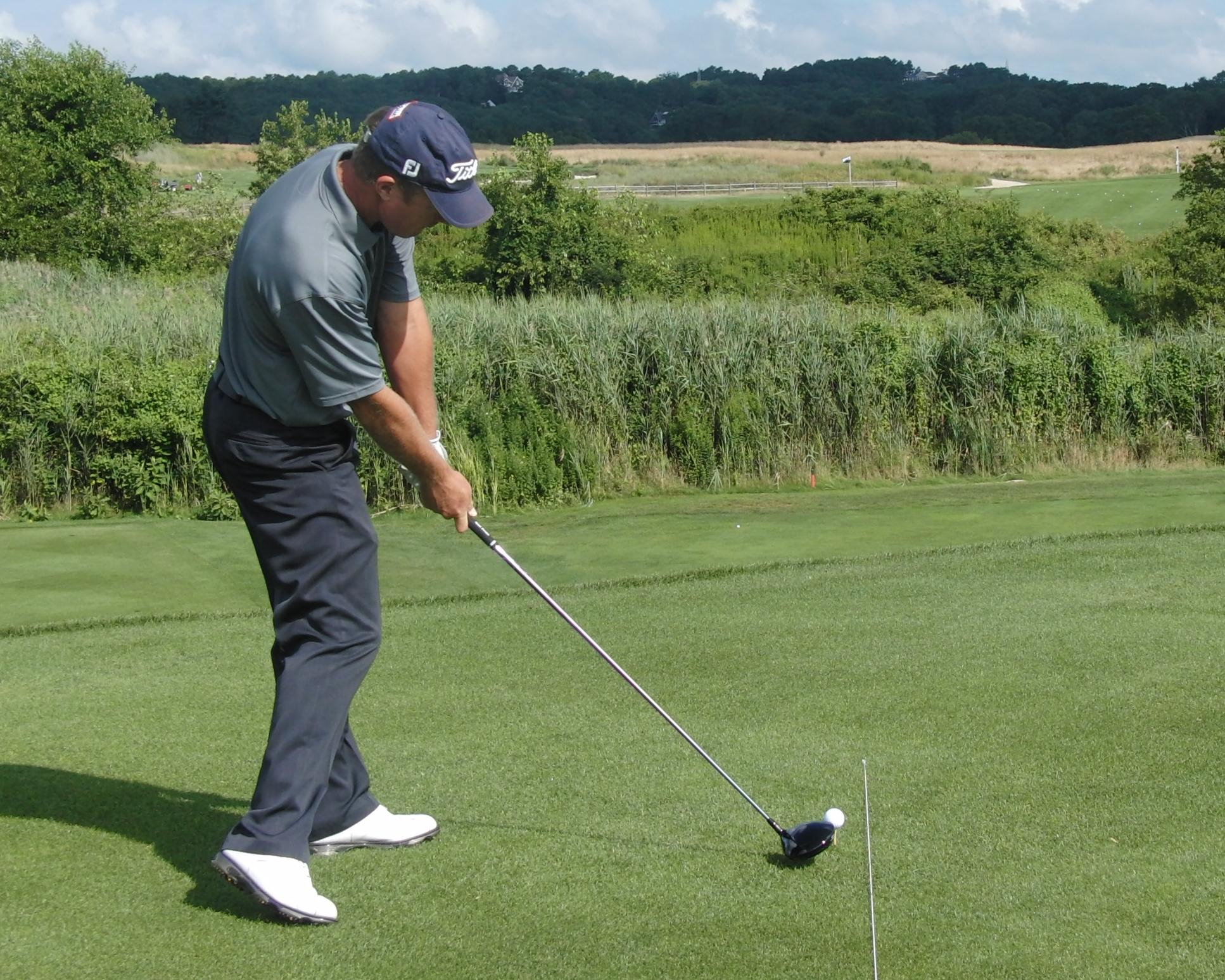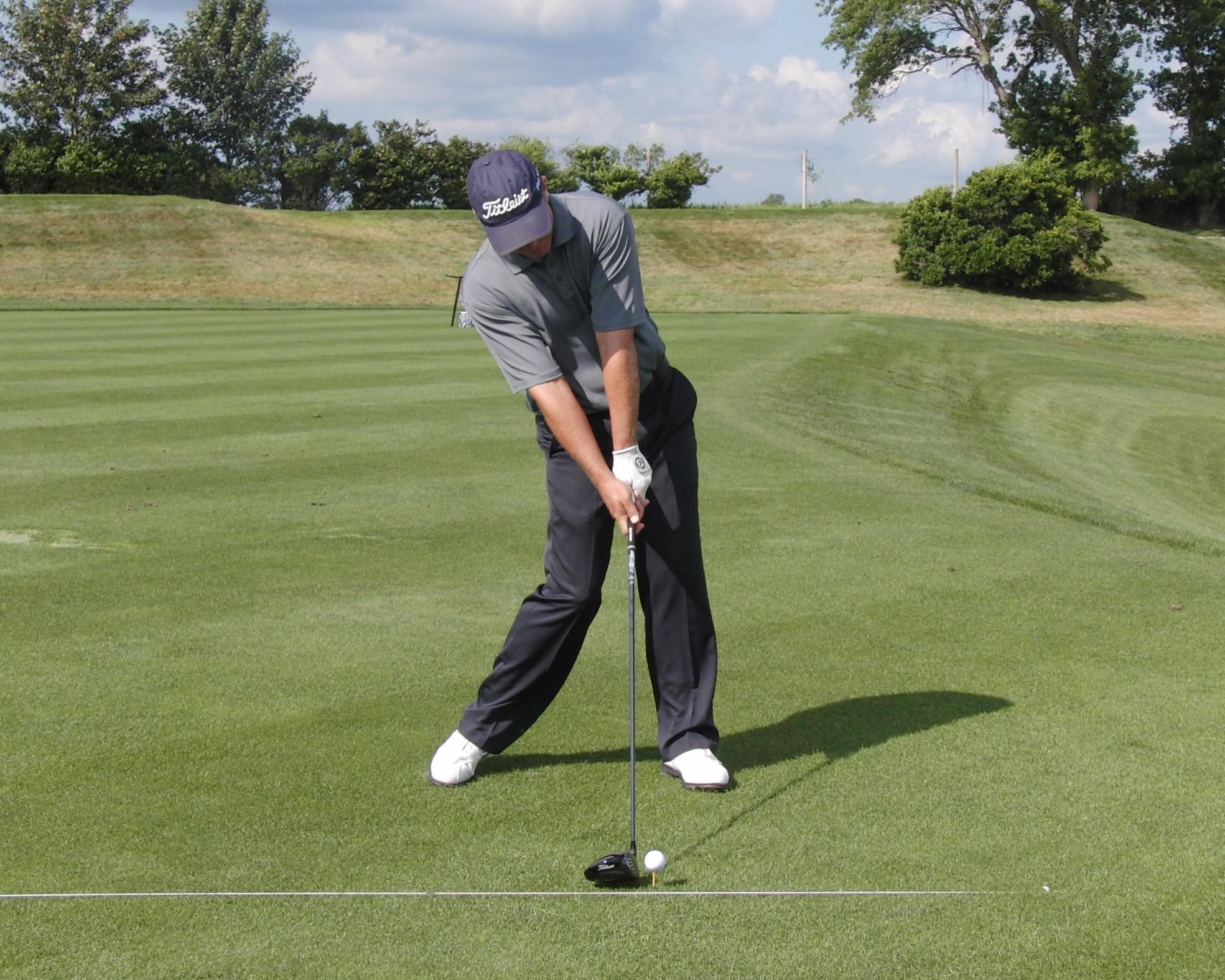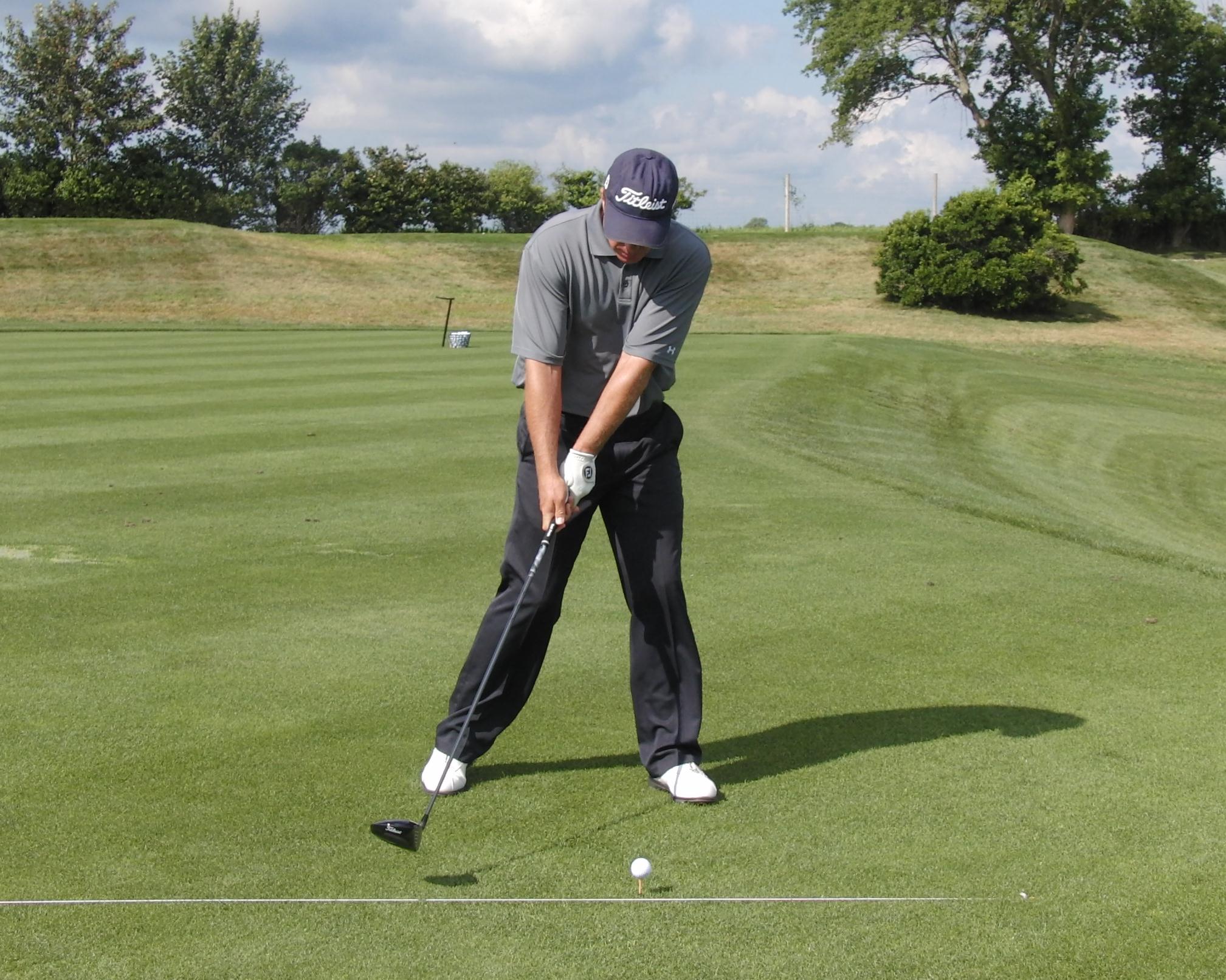Optimal Driver Numbers on TrackMan
/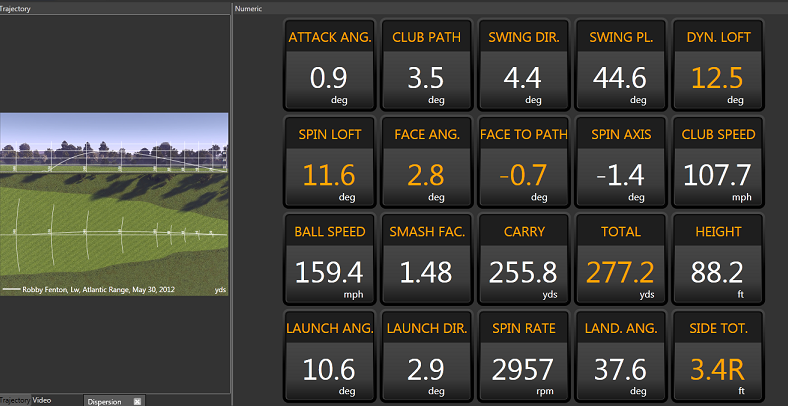 With so many questions after my two most recent posts I thought it would be enlightening to show you what we see when using TrackMan. This particular driver was hit by Rick Hartmann - my boss and the Head Professional at Atlantic Golf Club. Rick played on the European Tour for ten years and is a fantastic driver of the ball. This is a good drive, but not anything unusual for Rick (it was into a very slight headwind). These particular numbers are very close to optimal and should be something we should all be working towards regardless of what our club speed might be. Of course that is if you happen to like high, long draws...
With so many questions after my two most recent posts I thought it would be enlightening to show you what we see when using TrackMan. This particular driver was hit by Rick Hartmann - my boss and the Head Professional at Atlantic Golf Club. Rick played on the European Tour for ten years and is a fantastic driver of the ball. This is a good drive, but not anything unusual for Rick (it was into a very slight headwind). These particular numbers are very close to optimal and should be something we should all be working towards regardless of what our club speed might be. Of course that is if you happen to like high, long draws...
If you want to be efficient with your driver here is an explanation of what I look for:
- The Attack Angle (0.9 degrees up) is positive - a good sign for maximum efficiency as an upward hit is better than a downward hit (if you want to hit it as far as possible).
- Notice how (because the Swing Plane is very close to 45 degrees) that the Attack Angle + Club Path = Swing Direction. Not unusual really, this is a helpful indicator in understanding what factors effect the club path.
- The Spin Loft is close to 11 degrees - a solid number that seems to work for most golfers. Spin Loft = Dynamic Loft - Attack Angle. Think of spin loft as a measure of 'ball compression'.
- In order to hit good draws the face must be open relative to the target at impact and here you see how the Face Angle is open (2.7 degrees) with the Club Path being further to the right (3.5 degrees). Couple that with a centered hit and you've got lovely push draws.
- A centered hit is vital and that's why I like to keep Face to Path alongside Spin Axis. If the hit is in the heel the face angle would be closed ( a negative number) and the spin axis would be tilted to the right (positive) and vice versa for a toe hit. Here you see how with the face slightly closed to the path, you should get a baby draw, and that's exactly what we got - all from a centered hit.
- Club Speed and Ball Speed are fairly self explanatory, but if you divide the club speed into the ball speed you will get 1.48 which equals the Smash Factor. Smash factor is merely a measure of how efficiently you translated club speed into ball speed and is not purely a measure of how well you struck the ball. The maximum smash factor for a driver 1.53. (I have seen 1.54 twice!)
- The Height of the shot, which is measured from flat and not necessarily the ground, is right where I'd like to see it for this particular club speed. PGATour average swing speed is 112mph and they hit all their clubs 90 feet in the air. At around 108mph I think 88 feet high works very nicely.
- Launch Angle and Launch Direction are largely influenced by the club face and I like both here. I look for draws to launch to the right of the target (positive) and the launch angle to be somewhere between 10 and 16 degrees depending on the players club speed.
- The Spin Rate for this shot is a touch high, but I would attribute that to a shaft that is softer than what the golfer should be using. I'd like to see the spin rate at this club speed be somewhere between 2000 and 2200.
- Side Total indicates that this ball is straight down the center and finished less than 4 feet right of the intended target line - just another ho-hum 280 yard drive down the pipe.
Somewhat advanced I know, but after the response to my last few posts I know there are thousands of golfers out there who are looking for a better understanding of what really happens at impact and what they should be working towards for maximum efficiency. If you can duplicate these numbers you won't need me for much...at least not for the driver.


